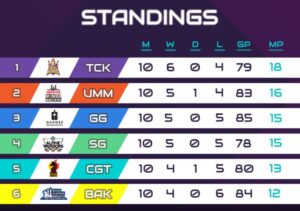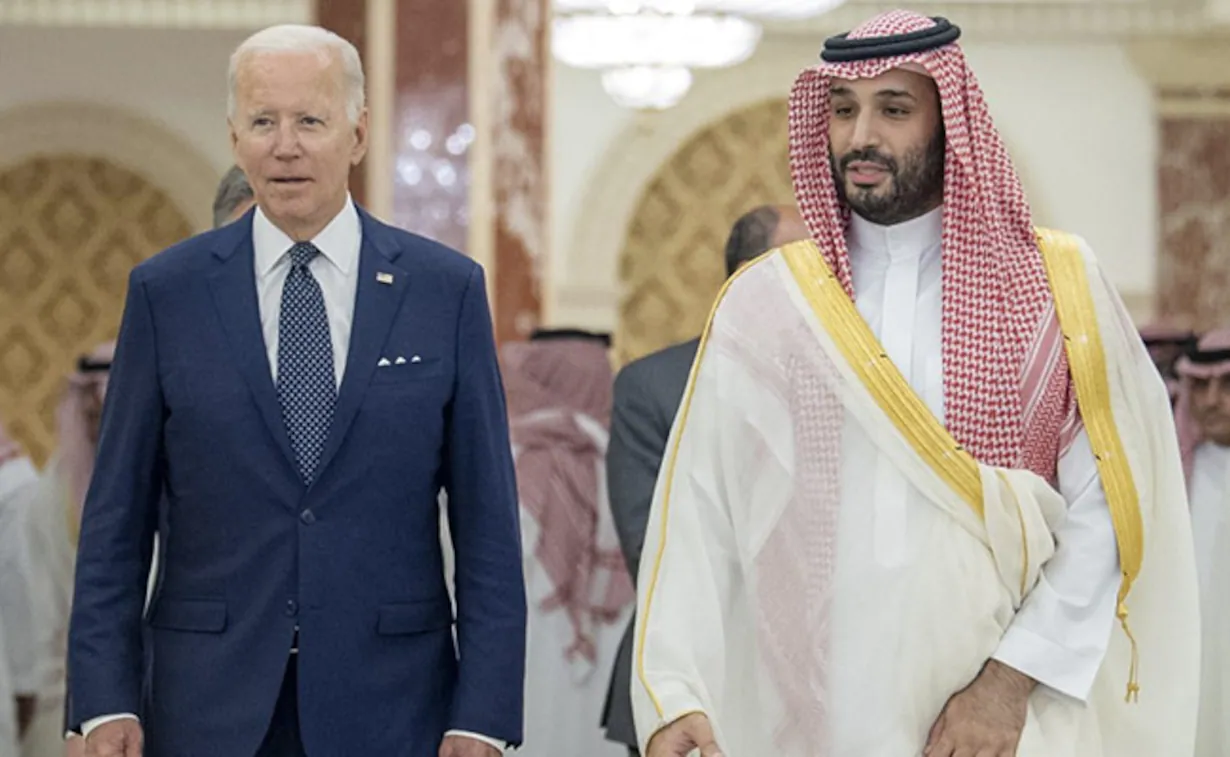When the Global Chess League was announced to be held in 2023 at Le Meridien hotel, Dubai, there were skeptical looks. Understandably, like with all things new and especially with something like this which took a little longer to come to fruition since the idea germinated during Covid-19 days.
However, in true fashion of a classic chess game, the opening moves have been put in place and at the end of nearly two weeks, the picture on the board is now clear. Irrespective of who lifts the title, we have a winner! The Global Chess League, owned by Tech Mahindra with the support of the world body FIDE, has ushered in a new era for the ancient game.
Not only is it being touted as the best thing to happen to the sport in years, it has managed to sync in modern elements such as Artificial Intelligence and Web 3.0/ metaverse, even as the game is still played with wooden pieces on a board of 64 squares. The inaugural edition of GCL marks a major turning point for the sport, as the game becomes more dynamic, captivating, and accessible to a wider audience.
Created by India’s global corporation Mahindra Group on a five-year basis, for the first time ever, chess has seen a long-term planned investment by major international companies. From the presence of famous names such as Magnus Carlsen, Vishwanathan Anand and other world champions across various game formats to the innovative gameplay and enhanced fan experience, the League has left a major impression.

Standings on the eve of the final
“In chess, there have been team competitions,” Carlsen said, “but they have been mainly based on nationality and so this system of building a professional league is very, very exciting for me and I think for other chess players and fans as well. I think just everything around it is professionalised in a way that hasn’t quite been seen before.”
And if there was any more need for some dramatic results to spice it up, spare a thought for SG Alpine Warriors and Ganges Grandmasters. Carlsen and Anand’s teams jostled for the top spot and were favourites to enter the final for the first eight out of 10 days. Until the other teams came with all guns blazing and knocked the pair out. Triveni Continental Kings and upGrad Mumba Masters proved the men standing.
All change in chess
At the heart of the GCL is the introduction of fresh elements that parallel those seen in large international team sports such as football or cricket to showcase the sport’s appeal to a worldwide audience.
For the first time ever in chess, the colours of the pieces which the teams will play with were determined by a coin toss, with the winner deciding whether they will be White or Black. Unlike in any other chess event so far, the entire team had to play with pieces of the same colour.
The League introduced a new scoring system where a game victory with white pieces brought three points, while a victory with black brought four. The team with the most game points won the match and was awarded three match points, while a draw saw each team get one match point, like in football.
While chess is largely an individual sport, the GCL has transformed it into a team event. With six teams taking part in the inaugural edition, every squad had its own manager, team organisation and branding, and activities around building team spirit among players as well as making it a social experience in full display.
Each team had to mandatorily take two women players and one prodigy onboard, another first in chess. This made it one of the rare team sports to have a mixed format and also promoted the participation of women on an equal footing. India’s Women’s Grandmaster Koneru Humpy stressed the role of financial support: “I believe in any sport if the financial support is high, more people will get attracted to it. Even when IPL started, we see the amounts going higher every year and I believe it is the same for every sport.”
Future is bright
The League’s clear orientation towards the future got the best advertisement in the inaugural edition with the promising Praggnanandhaa Rameshbabu and the most seasoned Carlsen in the same team – SG Alpine Warriors. The shy ‘Pragg’ racked up an impressive undefeated run of seven victories with only three draws to be the Most Valuable Player of the tournament even before it reached the grand finale.

India’s Praggananandha Rameshbabu
The Global Chess League also introduced a new way of presenting chess in the media and broadcasting it to the public. A live show that featured both serious and light chess analysis, by expert Grandmasters but also commentators who are not top professionals, made chess coverage more accessible and appealing to a broad audience. Then there were celebrities – cricket and tennis players – who brought an extra layer of glamour and publicity.
In another first, the world had an unprecedented level of access to the inner workings of the elite community. There were 27 cameras in the playing area to capture every move and gesture, along with glimpses of action behind-the-scenes, live and recorded interviews, social media bites, and a podcast on Amazon Music. The broadcast arrangements covered all continents where reputed networks such as JioCinema in India relayed the event live.
“From team identity and branding to getting chess on sports channels across the world and doing commentary which is more adapted to the non-chess audience is a great concept introduced by the Global Chess League and they have done a good job in executing it”, said Arkady Dvorkovich, the president of the International Chess Federation (FIDE).

Vishwanathan Anand, left, and Anand Mahindra
The Indian element
The fact that a company of Indian origin – Tech Mahindra – has taken the lead in transforming the world of chess is certainly remarkable. It all started when Anand Mahindra clued in to an online chess interaction between two influencers and tweeted his admiration about it. One thing led to another, including some early prompts by the world body FIDE, and the six-team league has been born.
“Never have we had a tournament in chess conceptualised in a way that it resembles team sports in established events such as the Champions League in football or the Indian Premier League in cricket”, said Arkady Dvorkovich, the president of the International Chess Federation (FIDE).

The GCL used renowned international chess players for expert commentary as they analysed the game with the players, such as Hou Yifan.
Mr Anand Mahindra expressed similar feelings about the league and said, “I believe the Global Chess League has given many moments to the world of Chess to cherish, starting from the epic match between Magnus and Vishy to seeing some of the young and dynamic talents from across the world on display. We have received a lot of positive feedback especially for the quality of commentary and the fact that the GCL is the only stage in the chess world which is levelling the playing field for both men and women. Further, our own metaverse platform, GCLverse, has seen over 200K visitors within this short span of the tournament.”
He added: “The Global Chess League is a long-term commitment and we are going to make it bigger and better as we proceed. We are already looking forward to season two.”
The experience of the first inaugural event in Dubai has set the anchors in the right place, and those interested in chess will look with anticipation towards the next editions.





 Entertainment4 months ago
Entertainment4 months ago
 Entertainment4 months ago
Entertainment4 months ago
 Entertainment4 months ago
Entertainment4 months ago





